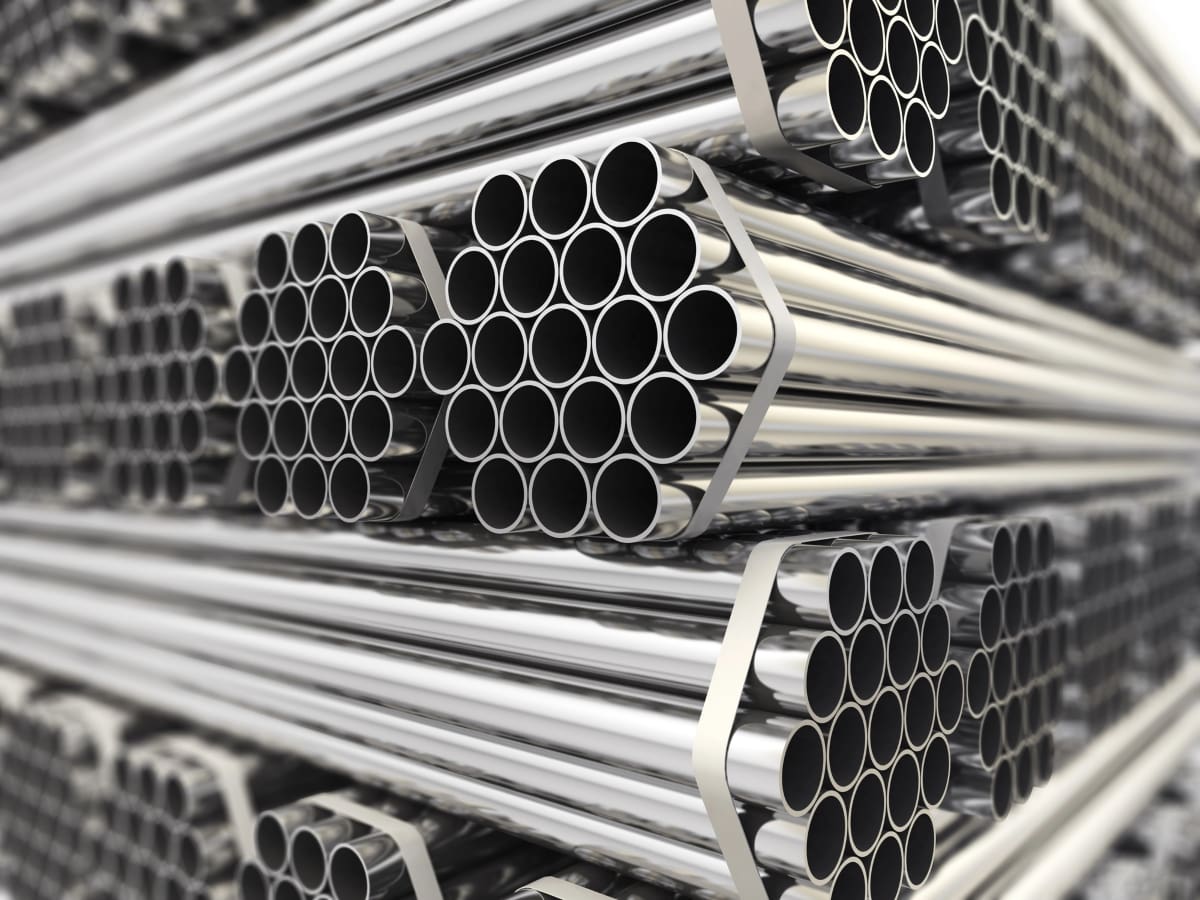What is galvanising? Galvanisation is a manufacturing process used to prevent rust and corrosion in steel and iron materials. This process is incredibly common, and it offers a wide range of benefits at minimum expense. Among other advantages, galvanising helps to promote durability and maximise longevity. It is widely used when manufacturing temporary fencing, as it makes metals stronger, more cost-effective, and suitable for outdoor use.
Why use galvanised steel in temporary fencing
Temporary fencing is often constructed from galvanised steel. This type of fencing is ideal for lots of applications, from construction sites and industrial zones to music festivals and outdoor events. Galvanised steel fencing is a versatile material that delivers numerous benefits. It provides secure containment across diverse environments, isolating spaces, controlling crowds, and securing materials and equipment.
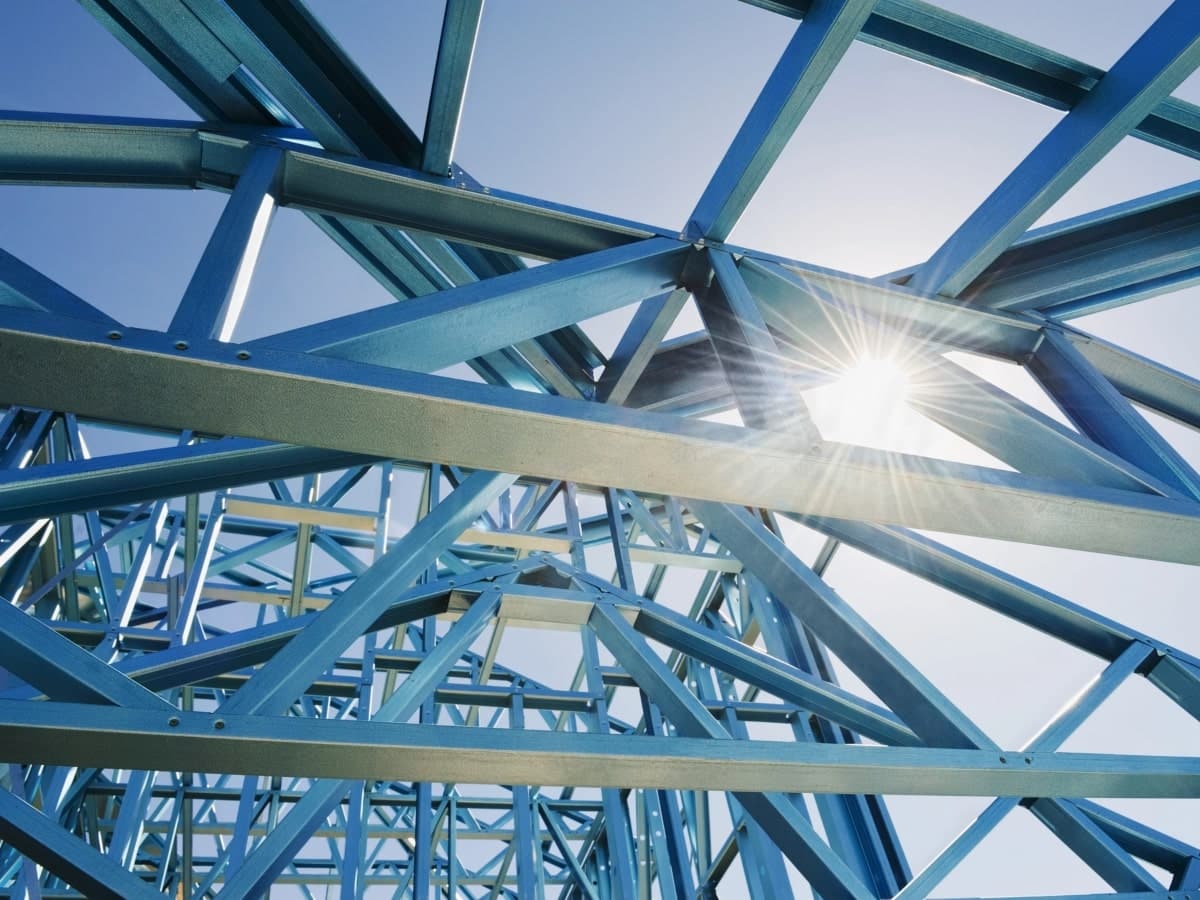
The following applications are among the most common:
- Construction sites: Galvanised steel fencing and barriers are used to secure site perimeters. Along with protecting building materials and equipment, this fencing helps to safeguard construction workers, site visitors, and the general public.
- Commercial and industrial sites: Galvanised fencing is widely used to delineate boundaries. Within commercial and industrial sites, temporary fencing helps manage space, and secure materials, and barriers to control pedestrians and vehicle movements.
- Event fencing: Portable galvanised fencing is ideal for crowd control barriers and area management. With great durability, quick deployment, and efficient removal, it’s ideal safety equipment for events, music festivals, industry conferences, and sporting events.
- Security barriers: Galvanised steel fencing is ideal for high-security areas. This type of fencing provides long-lasting containment and protection for sensitive areas. Safety and security fencing and barriers are made in various dimensions and configurations.
What is galvanising?
Galvanising is a process used to coat underlying steel or iron with a protective layer of zinc to prevent rusting or corrosion. It involves immersing the metal in a bath of molten zinc, which forms a metallurgical bond with the surface of the metal.
The galvanising process has a few separate stages, from surface preparation to fluxing, immersion, and finishing. It plays an essential role in many applications, extending the lifespan of the underlying material and maintaining the integrity of the finished product. Galvanised coatings are highly durable, weathering at an ultra-slow rate to deliver long-lasting protection.
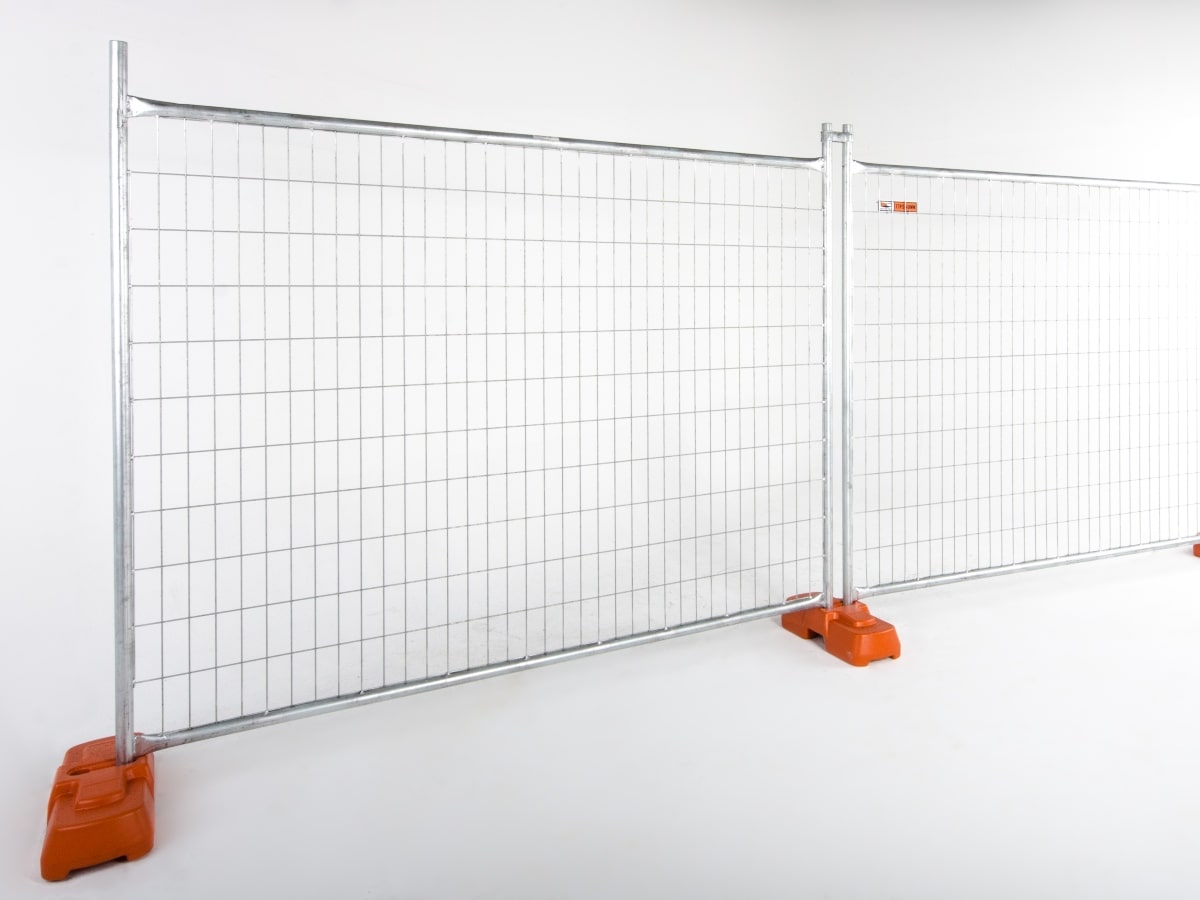
The galvanising process
Sometimes called hot dip galvanising, the standard galvanising process is used in steel and iron production. From fencing and vehicles to commercial equipment and industrial infrastructure, it plays a central role during the manufacturing phase of many products. Regardless of the specific application, galvanising ensures effective protection against rust and corrosion, even in harsh environmental conditions.
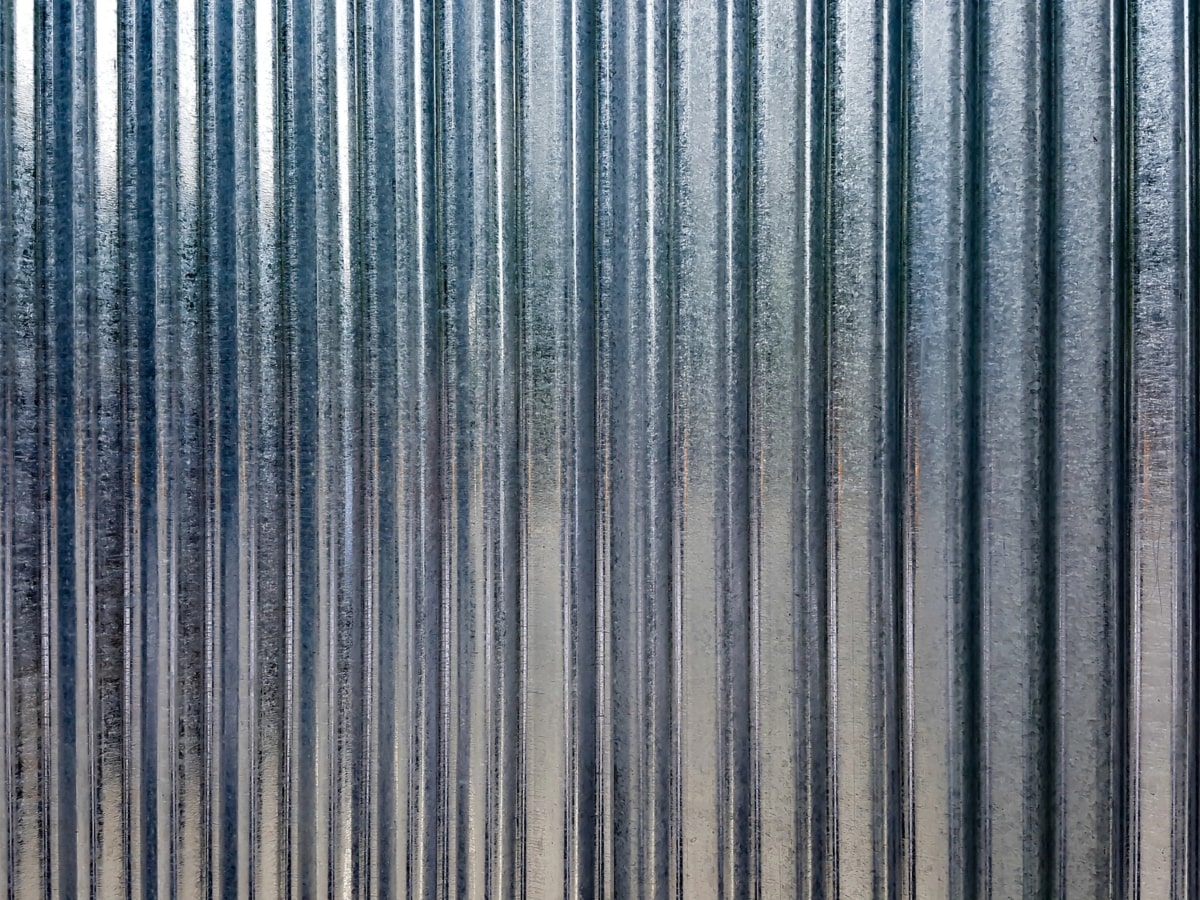
If you’ve wondered, “What is galvanised steel?” the following steps describe the process:
Surface preparation
This stage involves cleaning and preparing the metal. Before steel or iron materials can be galvanised, they need to be cleaned of dirt, rust, oil, and other impurities. Without this step, the zinc coating is unlikely to adhere to the metal properly. Cleaning can involve mechanical or chemical techniques depending on the material and final application.
Fluxing
After the cleaning phase, the metal must be immersed in a flux solution. This helps to remove oxides and promote bonding prior to hot-dip immersion. In some situations, a pickling process is carried out prior to fluxing. This involves immersing the metal in an acidic solution for thorough cleaning.
Galvanising
Hot dip galvanising involves dipping the metal material into molten zinc. Ultra-high temperatures are needed for this step, typically around 450°C. The zinc coating reacts with the metal surface to form zinc-iron alloy layers, with a layer of pure zinc left on the steel or iron surface when the material is removed from the bath solution.
Cooling and finishing
Once the zinc coating has been applied to the metal, it needs to cool. This can take place in air or water, with the latter known as quenching. Cooling helps to prevent excessive oxidation on the surface of the metal. Once the material is cool, it needs to be inspected for gaps and overall surface quality.
Other galvanising methods
Along with standard or hot dip galvanising, three additional methods are also common:
- Thermal spray: The material goes through a semi-molten process, with molten zinc wire projected through compressed air into a workpiece. This produces the thickest coating of zinc, but it requires specialised surface preparation through grit blasting.
- Electroplating: Also called electro-galvanising, this process involves passing a constant electric current through a solution. The electroplating process offers uniform coating and superior corrosion protection, but it involves complex preparation and yields thin results.
- Sheet galvanising: Also called continuous sheet galvanising, this method uses steel sheets and wires to increase oxidation resistance. While the final coating is thicker than electroplating, it’s thinner than the thermal spray method.
Benefits of galvanising for steel products
There are numerous benefits of galvanised steel over non-galvanised steel and iron materials. Regardless of the final application, you can expect the following advantages:
Corrosion resistant
Galvanising protects underlying steel and iron materials from the elements. The galvanised coating acts as an environmental barrier, offering protection against moisture, oxygen, and other corrosive substances. Its excellent corrosion resistance extends the lifespan of metal products and allows them to be used in harsh natural environments. If you’ve ever thought, “Does galvanised steel rust?” The answer is a definite no.
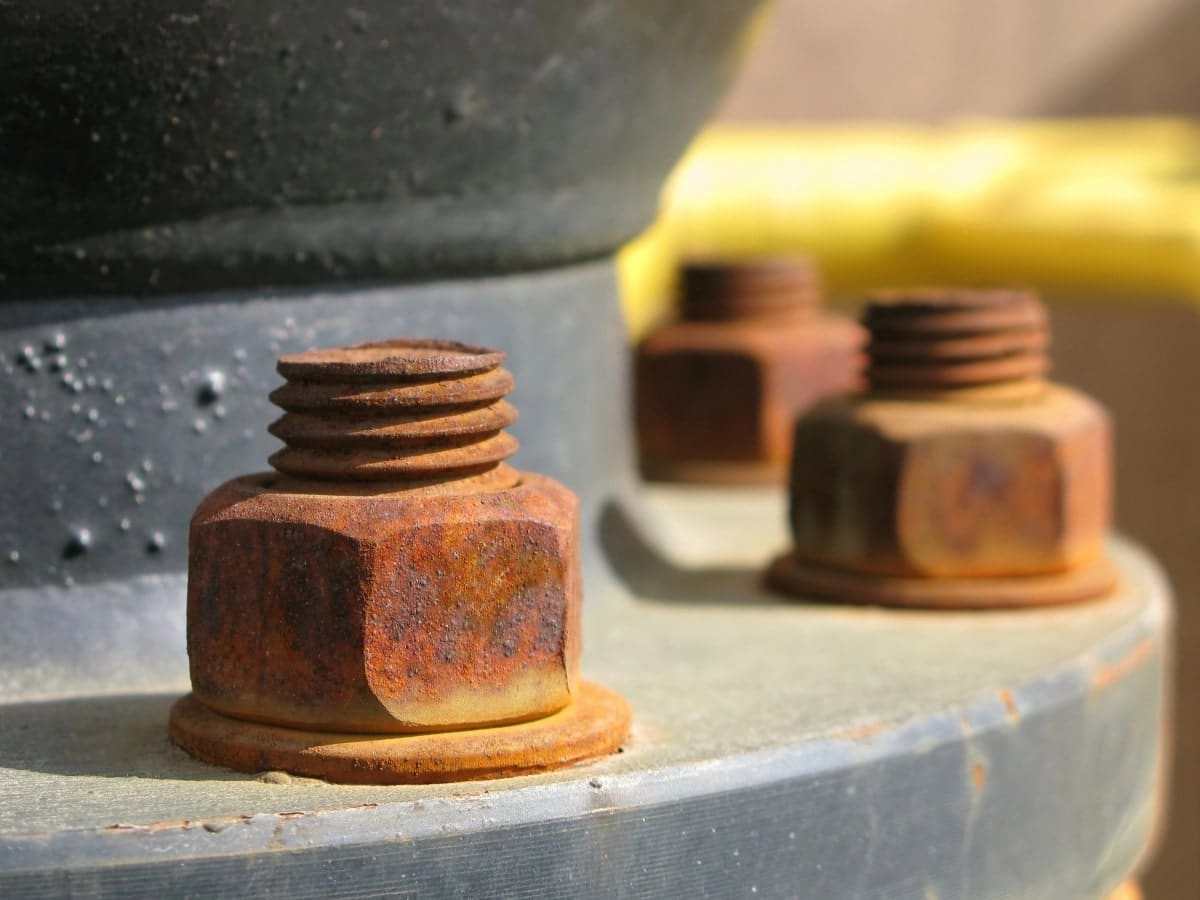
Extra strength and durability
With maximum protection and minimum corrosion, galvanised products offer excellent strength and durability. The galvanised coating withstands physical and environmental damage, and it also offers protection against chemical wear. These products are less likely to rust, chip, or peel compared to powder coating or uncoated metals.
Extended longevity
Due to the benefits listed above, galvanising is one of the most effective ways to increase the longevity of metal materials. This offers a range of benefits, from lower costs to fewer compliance headaches and improved business continuity. If you want to extend product life, galvanising is an obvious solution.
Cost-effectiveness
Using galvanised products offers fantastic cost savings. Coated materials are associated with lower maintenance and replacement costs, which leads to short-term gains and long-term savings. Whatever type of business you’re involved with, reducing unnecessary expenses is one of the keys to success.
Sustainability
The protective zinc coating offers a sustainable environmentally conscious solution. Instead of replacing metal products every few years due to wear and tear, galvanising extends the lifespan of base metals. This helps to reduce waste and avoid unnecessary production pollutants when you purchase new products.
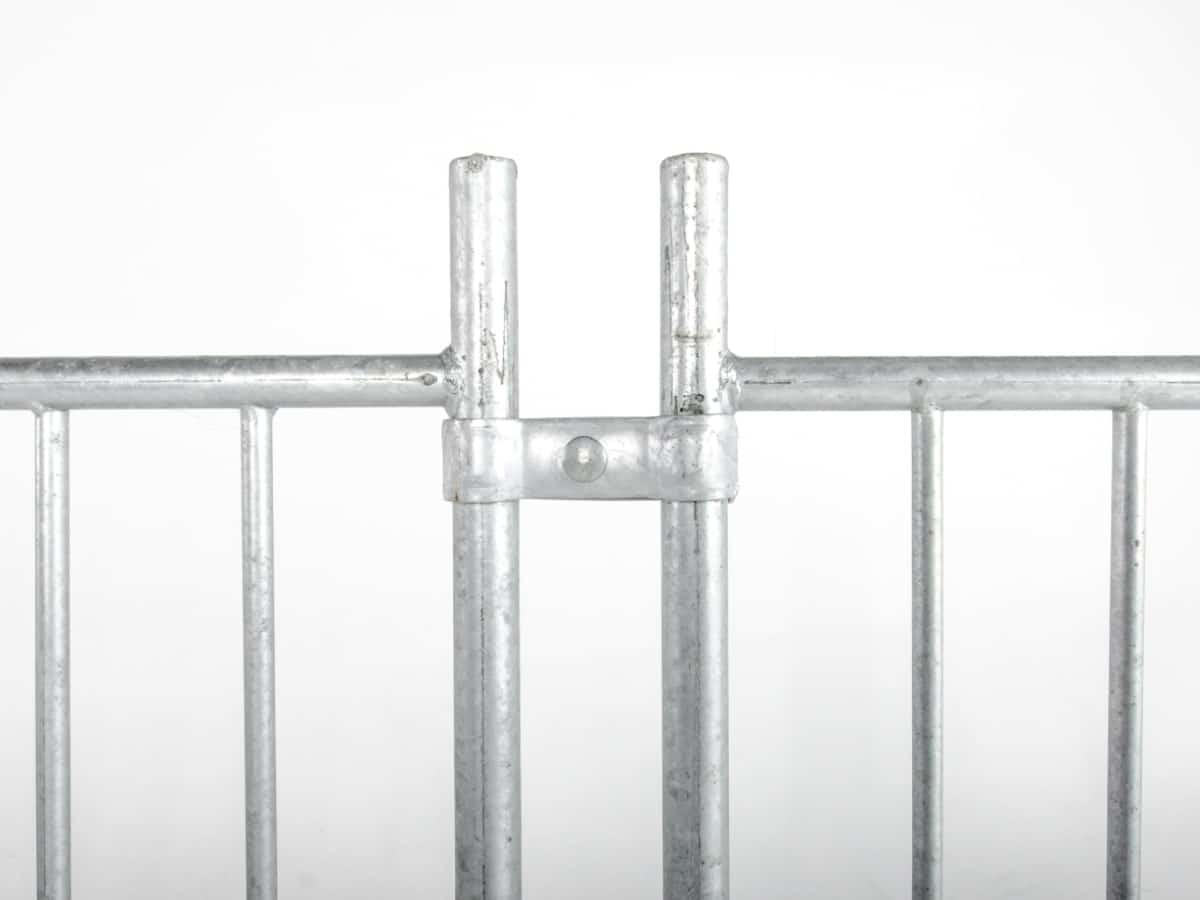
Enhance site security with galvanised steel fencing
Galvanisation is an essential manufacturing process used by businesses across Australia. From construction sites to vehicles, from urban warehouses to rural farms, galvanised materials are used everywhere. Galvanised steel is widely used in the production of temporary fencing, which has a huge range of commercial applications.
At TTFS, we provide a wide array of galvanised steel fencing to keep your site secure. We sell high-quality fencing to businesses across Australia, including temporary fencing, pool fencing, and site barriers. All our products are manufactured for ultimate durability and strength.
If you need reliable fencing solutions made from galvanised steel, contact our experienced team today at 1300 876 614 or complete an enquiry form.
TTFS delivers nationwide and is supported by our depots in Melbourne, Sydney, Brisbane, Perth and Adelaide.
